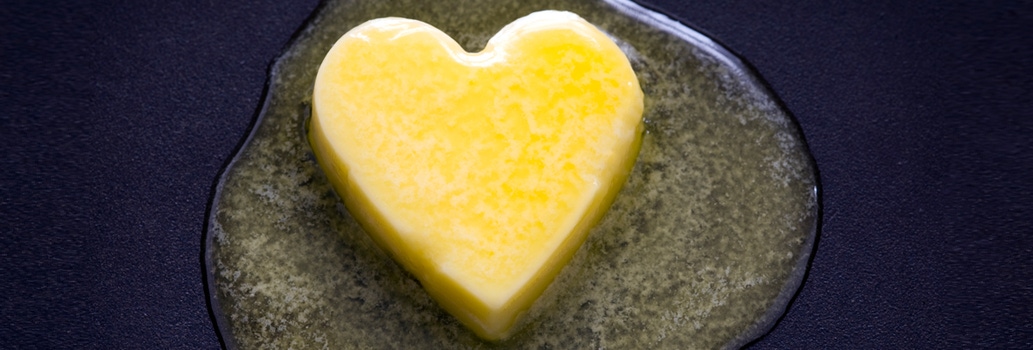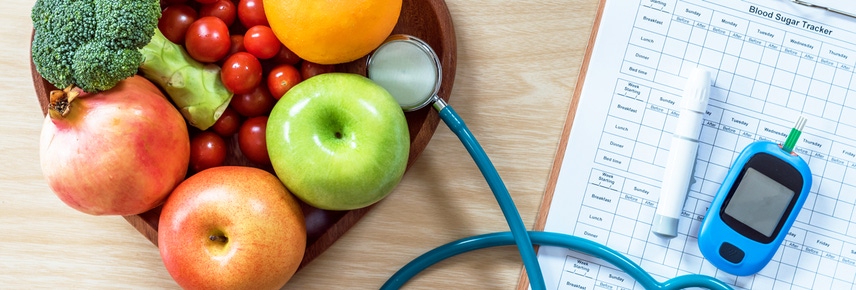
The skinny on fats: the good, the bad and the ugly
Fats come in many shapes and sizes – there are saturated, monounsaturated, polyunsaturated, omega 3, omega 6 and trans fats... Confused? You’re not alone. So, which fats should you avoid, and which should you eat more of?
Fat is essential
Fat is essential for healthy bodies – it helps you absorb nutrients, assists in hormone production, makes healthy cells, and can reduce inflammation. To get these benefits though, the types of fat you choose is important. On the flip side, some fats – namely saturated fats and trans fats – are best avoided, as they can have negative health impacts.
How much fat?
Aim for fats to make up between 20-35% of energy intake each day. For an average adult woman that means around 64g per day, and for the average adult man, that’s about 114g per day.
The nutrition information panel (NIP) on a packaged product will tell you the total fats per serve, being a combination of saturated, trans, polyunsaturated and monounsaturated fats in that food. The NIP will also list the quantity of saturated fat separately. Other fats are only listed separately if the food makes a nutrition claim about them, for example “no trans fats”. For foods that don’t carry a NIP, you can search the Australian Food Composition Database for more nutrition info.
A quick guide to fats
There are four main types of fat:
Saturated fats
Saturated fats are fats that are solid at room temperature. These are found in higher amounts in animal foods like meats, and high fat dairy foods like butter and cream. Foods like cakes, biscuits and fried foods also tend to have high levels of saturated fat. Tropical oils such as coconut oil and palm oil are also concentrated sources of saturated fat.
Trans fats
Trans fats are a by-product of a process called hydrogenation, which turns liquid fats into solids during food processing. Trans fats raise LDL (‘bad’) cholesterol and lower HDL (‘good’) cholesterol. Trans fats are found in some biscuits, deep fried foods, crisps, corn chips and pastries. The World Health Organisation recommends we limit trans fats to no more than one per cent of energy.
Polyunsaturated fats
Polyunsaturated fats are essential fats (meaning your body needs them but can’t make them on its own) and include omega 3 and omega 6 fatty acids. Find them in seeds like flax, chia, sunflower and sesame and their oils, as well as pine nuts, walnuts and brazil nuts. Canola oil is also a source of polyunsaturated fats, along with oily fish.
Monounsaturated fats
Monounsaturated fats are liquid at room temperature. The Mediterranean diet is typically rich in these fats as a result of featuring lots of nuts and olive oil. Avocados and plant-based oils like canola, peanut, soybean, rice bran and sunflower are all sources of monounsaturated fats.
Good and bad fats
Saturated and trans fats are the fats sometimes referred to as ‘bad’ fats because eating too much of them has been associated with poor health outcomes like heart disease.
Additionally, trans fats have been linked with stroke, diabetes and other chronic illnesses. In contrast, mono- and polyunsaturated fats are sometimes referred to as ‘good’ or healthy fats because they are associated with positive health outcomes like improving blood cholesterol levels. Omega 3 fats are also thought to be particularly good for heart health.
What about palm oil?
7 Handy Fat Swaps
If a food is higher in saturated fats or contains trans fats, it is wise to watch how much of that food you eat or consider swapping for a food that is higher in healthier fats – think mono and polyunsaturated fats. Here is a handy guide to healthy fat swaps for healthy bodies: - Swap butter for avocado on sandwiches
- Swap butter, ghee or coconut oil in cooking with extra virgin cold pressed olive oil
- Swap snacking on savoury biscuits for a handful of nuts
- Swap fatty meat cuts for leaner ones or better still, get your protein from healthy plant sources like legumes, nuts and tofu or soy products
- Swap deep-fried chips for oven baked potato wedges tossed in extra virgin olive oil
- Swap biscuits and cakes made with butter for cakes made with avocado or olive oil (like these banana oat cookies)
- Instead of cream, enjoy your cake with a dollop of vanilla yoghurt or low fat ricotta sweetened with a teaspoon of honey

The latest nutrition advice, plus health and wellness tips delivered to your inbox monthly

